
Efforts to restore, preserve and promote traditional house architecture in the Central Highlands provinces in recent times are showing positive signs.
Touch the beauty of the Central Highlands
In the middle of a scorching hot early summer day, the Kon Klor suspension bridge across the Dak Bla River leads visitors from afar to the Kon Ktu community tourism village (Dak Ro Wa commune, Kon Tum city, Kon Tum province). This is one of the oldest villages of the people in Kon Tum city, with a beautiful location next to the famous Dak Bla River. The village has 140 households with more than 700 people, preserving more than 20 traditional stilt houses.
Although when we arrived, the village did not have any community activities in the communal house, as a must-do ritual, the whole group still asked permission to go inside to visit. As soon as we stepped through the wooden door, the sweltering heat immediately cooled down, the faint scent of wood, bamboo, and cogon grass created a pleasant feeling. The communal house of the Ba Na people towered dozens of meters high, like the shape of an axe blade carved into the blue sky. The simple materials were combined in a very durable and aesthetic way.
Surrounding the majestic communal house, which stands out in the middle of the village, are stilt houses, which from a distance look like a flock of chicks nestling in the arms of a mother hen. Nowadays, it is easy to see that many villages in Kon Tum in particular and the Central Highlands in general have a long village structure, when households build houses along national and provincial highways for convenience in transportation and trade. In Kon Ktu village alone, the ancient "round village" structure is still intact, which is rare in other places.
Walking around the ancient riverside village, it is easy to see women weaving, men carving statues, children playing... Life is simple like in a peaceful oasis, although it is only about 6-7 km from Kon Tum city. Every weekend or holiday, Kon Ktu village welcomes hundreds of visitors and guests, including many foreign visitors because the village is well-reviewed on many international tourism platforms.
According to Mr. A Kâm, owner of the H'nam Gya homestay located close to the riverbank, since 2020 his family has invested in renovating the existing stilt house and building two new stilt houses, erecting a welcome gate, planting flowers, building a community library... to serve visitors who come to learn and experience the beauty and culture of the Ba Na village. In the Ba Na language, "H'nam" means house, "gya" means cogon grass. All structures in the homestay are made of wood, grass and other natural, environmentally friendly materials.
At the "village in the city" Ako Dhong (Tan Loi ward, Buon Ma Thuot city, Dak Lak province), a community tourism village selected by Dak Lak province for planning since 2019, the strong aroma of coffee will lead visitors to unique culinary and cultural spaces: the traditional long house of . Right at the entrance of the village, Arul House of Ms. H'Len Nie is poetic like a fairy tale with a long, dark brown house hidden among the green trees. The Ede people follow a matriarchal system, H'Len Nie inherited the house after her parents passed away.
Having been educated, traveled to many places and worked in other jobs, H'Len Nie decided to return to preserve the space where she lived and grew up. She renovated the house subconsciously, collected every old wooden pillar, every basket, gong, jar, pestle, basket, k'pan chair, h'gor drum, dugout canoe... and built an Ede culinary menu "each season has its own dishes" to attract tourists.
Entering the Ako Dhong village, visitors are impressed by an ethnic minority community that is both modern and ancient. Not far from Arul House, the Ama H'rin Village Elder Coffee Space is full on a weekend morning. Tourists and residents of Buon Ma Thuot city come to enjoy coffee and special dishes in the place commemorating the legendary village elder and village chief: Mr. Y Diem Nie (aka Ama H'rin).
In the long house of village elder Ama H'rin, which is also the only house made entirely of bamboo in the Ako Dhông village, Mr. Y Nuel Nie (aka Ama Jenny), the old son-in-law of Ama H'rin, emotionally told visitors stories related to the details and objects: the mother's staircase - the symbol of the Ede long house, with the shape of a mother's breast and a crescent moon; the guest room (gah) with a wine jar, a fire, a set of gongs, a rare buffalo-skin drum; the living room (ok) divided into small cells for the families of the homeowner's daughters to live together like in the old days...
Ama Jenny shared that there was a period when due to the scarcity of natural materials, some long houses in this area were replaced with modern materials. However, realizing that guests did not like to sit in concrete long houses, the children and grandchildren of Ama H'rin joined forces and determined to restore the traditional long house. Although it cannot be said to be original, all important components are made of natural materials and are cared for and preserved as much as possible... Currently, Ako Dhông is the village that preserves the most traditional long houses of the Ede people in Dak Lak province, with more than 30 long houses...
The attraction of the great forest identity
Traditional spatial architecture is an impressive creative work of ethnic minorities over many generations. From the past to the present, that traditional space has always contained humanistic values and dense indigenous cultural nuances. Inheriting and developing the heritage, the community has identified its own characteristics and uniqueness into cultural products that attract tourists.
Determining that it is necessary to preserve and promote cultural values associated with tourism development, Deputy Director of the Department of Culture, Sports and Tourism of Dak Lak province, Lai Duc Dai, said that the province has selected six villages with many traditional long houses that meet the conditions to support investment in developing community tourism and homestay services. Of which, in four community tourism villages including Ako Dhong village, Tong Ju village, Kuop village and Tri village, the long houses are both common living spaces for families and destinations for sightseeing and organizing tourism activities. Here, people in the village organize businesses to welcome and serve visitors.
Through attractive tourism products imbued with indigenous colors such as experiencing brocade weaving, chatting with artisans making traditional musical instruments, enjoying local cuisine and staying at homestays, visitors can immerse themselves in the cultural space of the Ede people.
Most tourists are impressed and excited to participate in the daily life of the local community, especially listening to performances and joining in the xoang dance in the traditional long house space. Interwoven in the urban space, with unique architecture and typical marks of the matriarchal regime, the Ede long house has affirmed its tourism potential and resources.
In many villages of the Ede people, long houses have been renovated by their owners and used as an advantage in tourism exploitation. This adaptation has expanded the living space for indigenous elements, while balancing traditional and modern values, harmonizing between conservation and development. This direction has contributed to preserving heritage in contemporary life, connecting the community and creating momentum for local tourism development.
Along with the economic values, the traditional house style has persistently contributed to the diversity and affirmation of Vietnam's cultural identity. With the support of the State, in many villages of Kon Tum province, through propaganda and mobilization, people have now been self-aware and proactive in preserving the long houses of their families and villages. Many years ago, the Kon Tum Provincial People's Committee issued a plan to preserve, restore and promote the cultural values of ethnic minorities through many stages. Accordingly, the State and the people work together, unanimously preserving, renovating and repairing traditional communal houses. Currently, Kon Tum province has nearly 450 communal houses.
Deputy Director of the Department of Culture, Sports and Tourism of Kon Tum province Phan Van Hoang said that in the context of limited natural resources, to ensure that traditional communal houses are preserved and developed sustainably, in some localities, people have proactively planned areas for growing bamboo, rattan and reed. The government has promoted and encouraged people to exploit bamboo, rattan and reed enough to avoid the shortage of traditional materials to replace them later.
To preserve the traditional values of communal houses, local officials regularly survey the current status of communal houses and traditional stilt houses in ethnic minority villages, instructing people to avoid too much impact and intervention to preserve this cultural space. Specific methods, suitable to the terrain of each region, have been effective, contributing to preserving the space of communal houses in the urbanization process. Not only stopping at the heritage aspect, communal houses are also cultural and sports institutions in ethnic minority areas. This common space is both a place for community activities and meets the needs of cultural enjoyment, training, and entertainment of people, creating a solid foundation for building a basic cultural life.
In the context of cultural identity increasingly showing its important position in promoting economic, social, diplomatic fields, etc., traditional architectural spaces, festivals, local residents' activities, folk knowledge, and cuisine further affirm that this is a valuable resource. As long as we know how to preserve, continue, and selectively apply the unique values and cultural quintessence of each community, taking them as the main inspiration for development and creativity, then the unique identity of each nation will be preserved, developed, and spread strongly.
According to NGOC LIEN - MY HANH (NDĐT)
Source: https://baogialai.com.vn/tay-nguyen-nhip-song-moi-duoi-nhung-nep-nha-xua-post327006.html








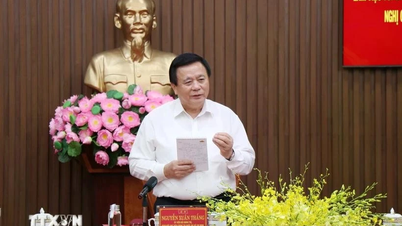






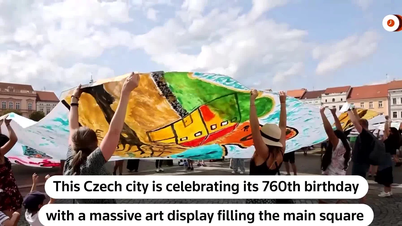






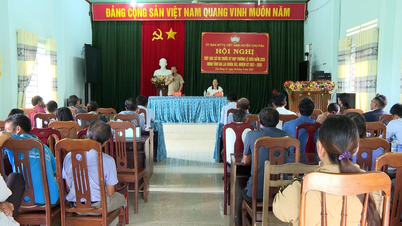
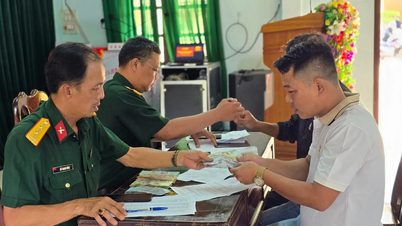

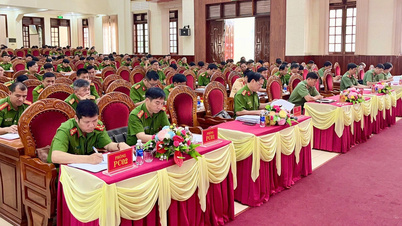
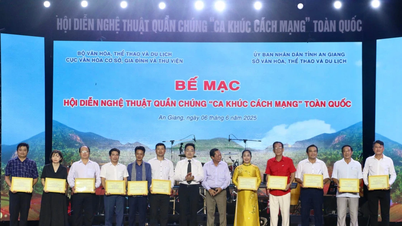
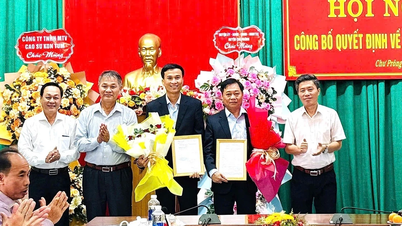

































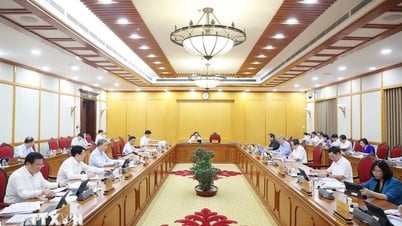












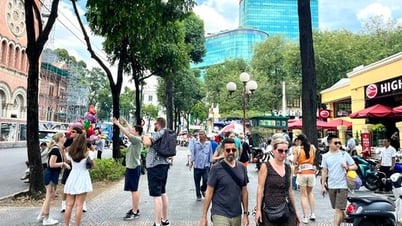













![[OCOP REVIEW] Tu Duyen Syrup - The essence of herbs from the mountains and forests of Nhu Thanh](https://vphoto.vietnam.vn/thumb/402x226/vietnam/resource/IMAGE/2025/6/5/58ca32fce4ec44039e444fbfae7e75ec)



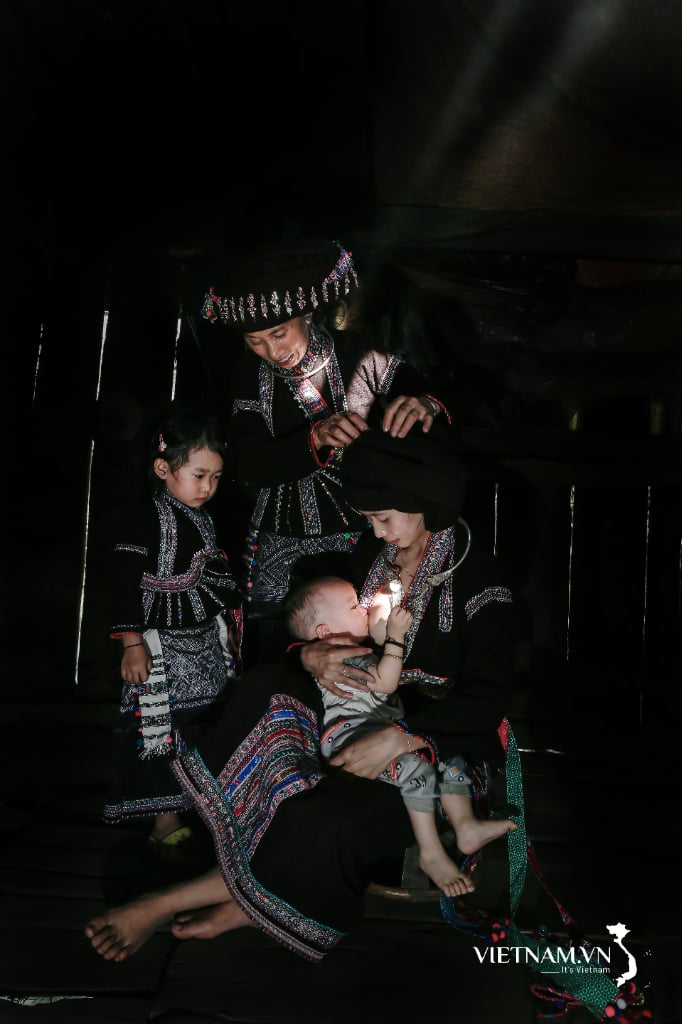


Comment (0)